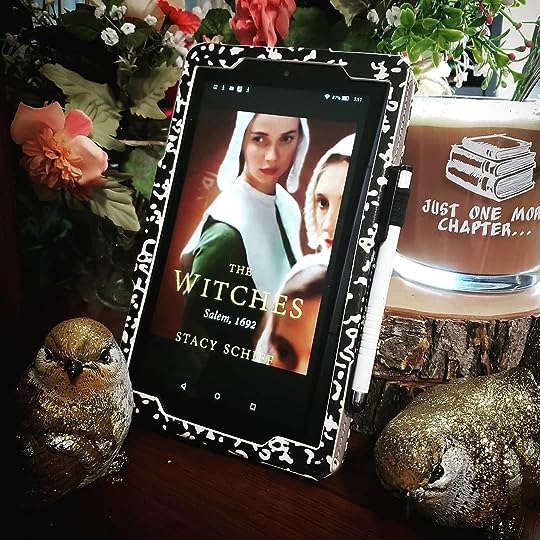What do you think?
Rate this book


498 pages, Hardcover
First published October 27, 2015
Stacy Schiff attempts to provide a coherent review of an incoherent time.
When you predicted an apocalypse, you needed sooner or later to produce one.
IN 1692 THE Massachusetts Bay Colony executed fourteen women, five men, and two dogs for witchcraft.Salem, Massachusetts is infamous even today for being the location of the most publicized witch hunts in America.
The witch hunt stands as a cobwebbed, crowd-sourced cautionary tale, a reminder that—as a minister at odds with the crisis noted—extreme right can blunder into extreme wrong.Women were expected to know their place and to love being in it, witchcraft offered a means of escape and power.
Faith aside, witchcraft served an eminently useful purpose...It made sense of the unfortunate and the eerie, the sick child and the rancid butter along with the killer cat.And why address larger problems, when you can use a such a convenient explanation?
Witchcraft tied up loose ends, accounting for the arbitrary, the eerie, and the unneighborly.I enjoyed this one!
We all subscribe to preposterous beliefs; we just don’t know yet which ones they are...Audiobook Comments



















